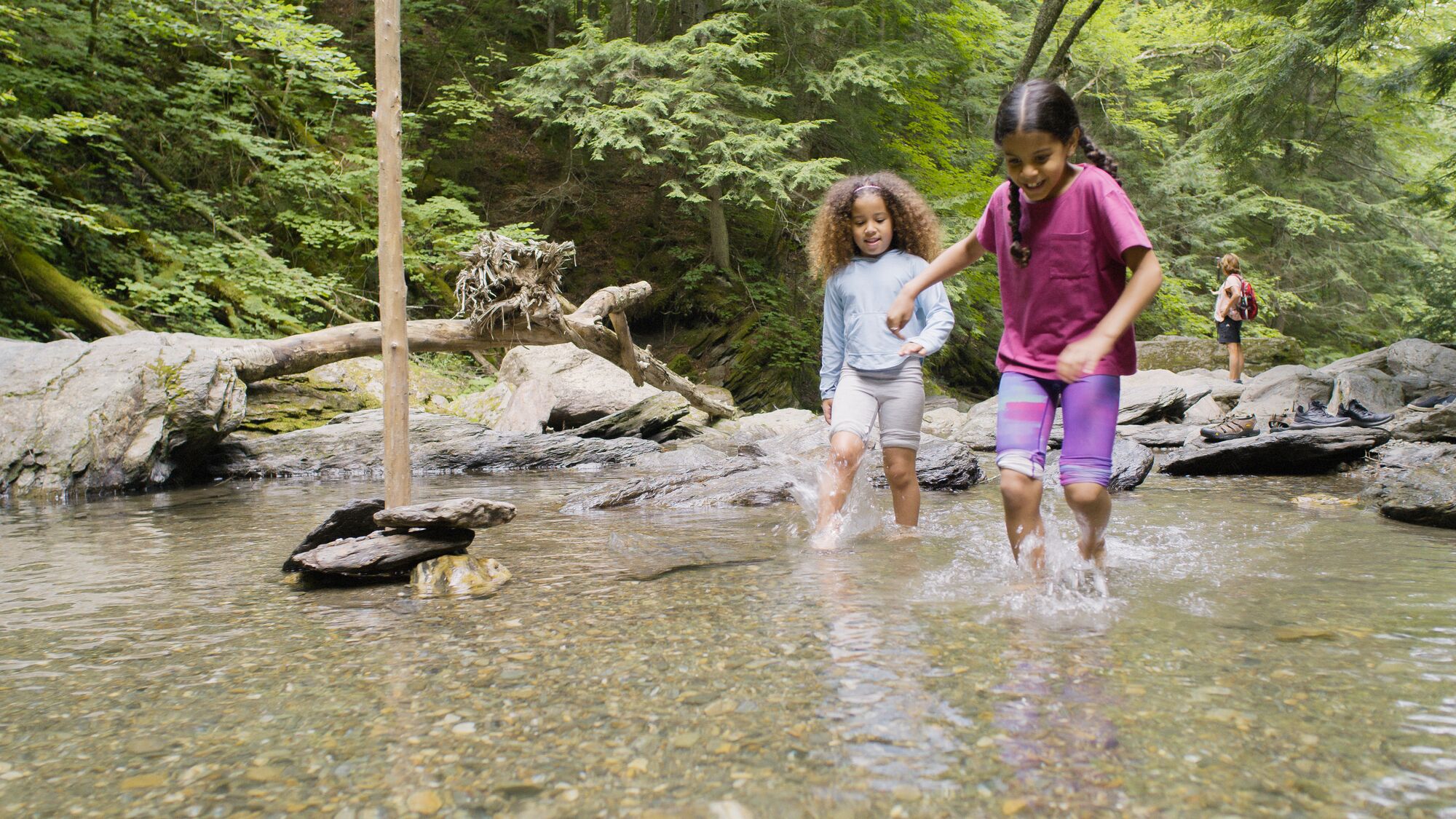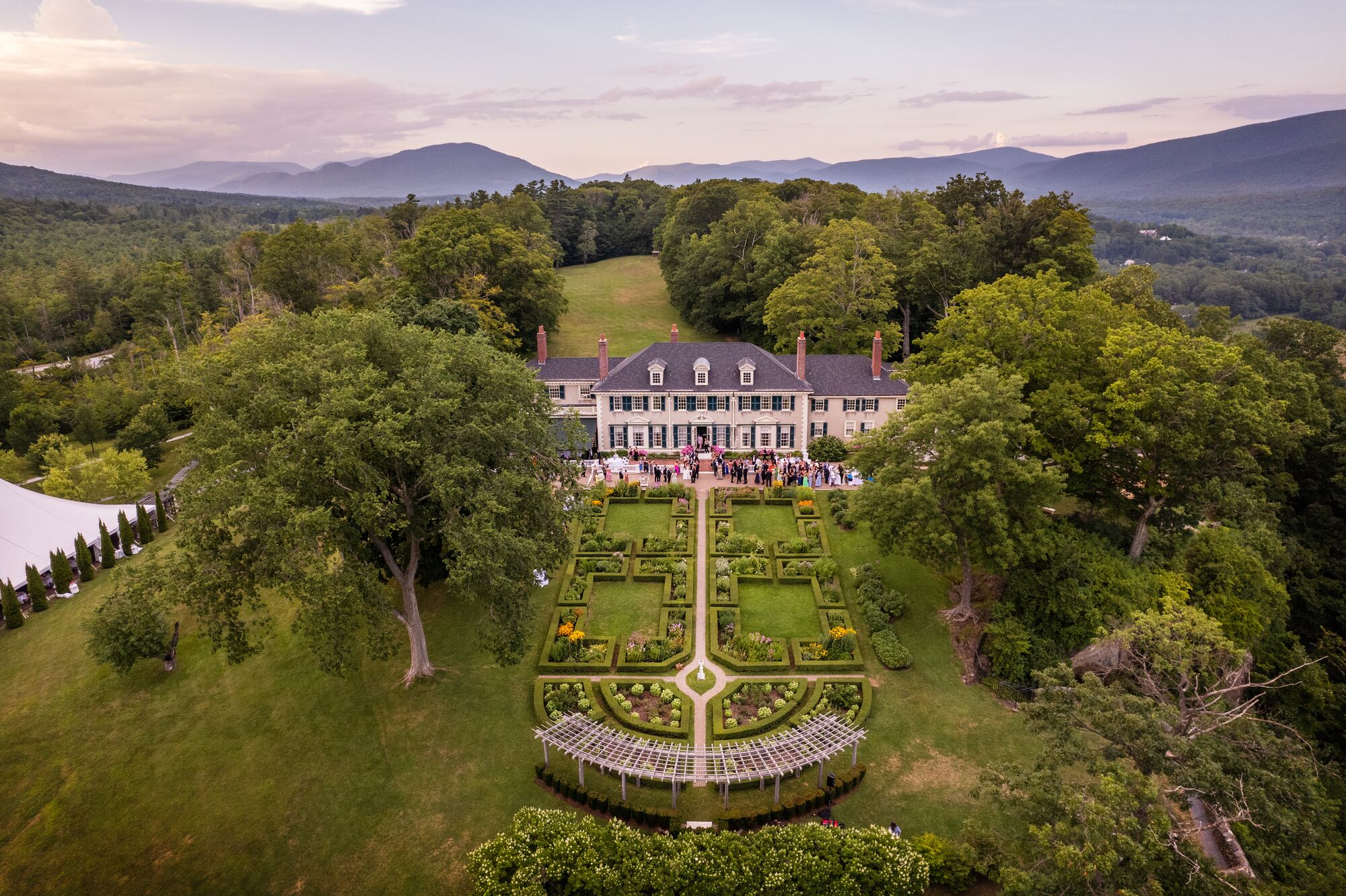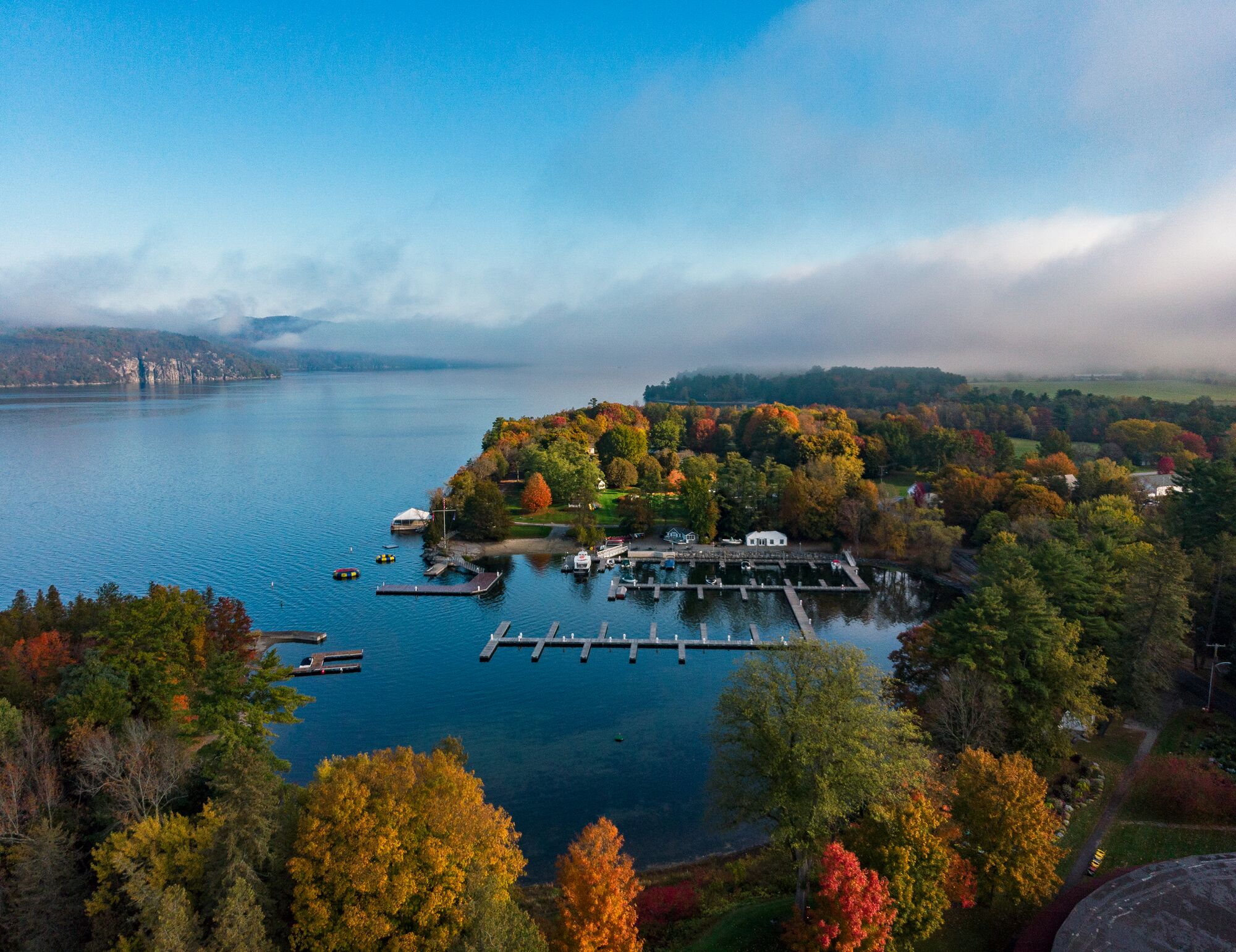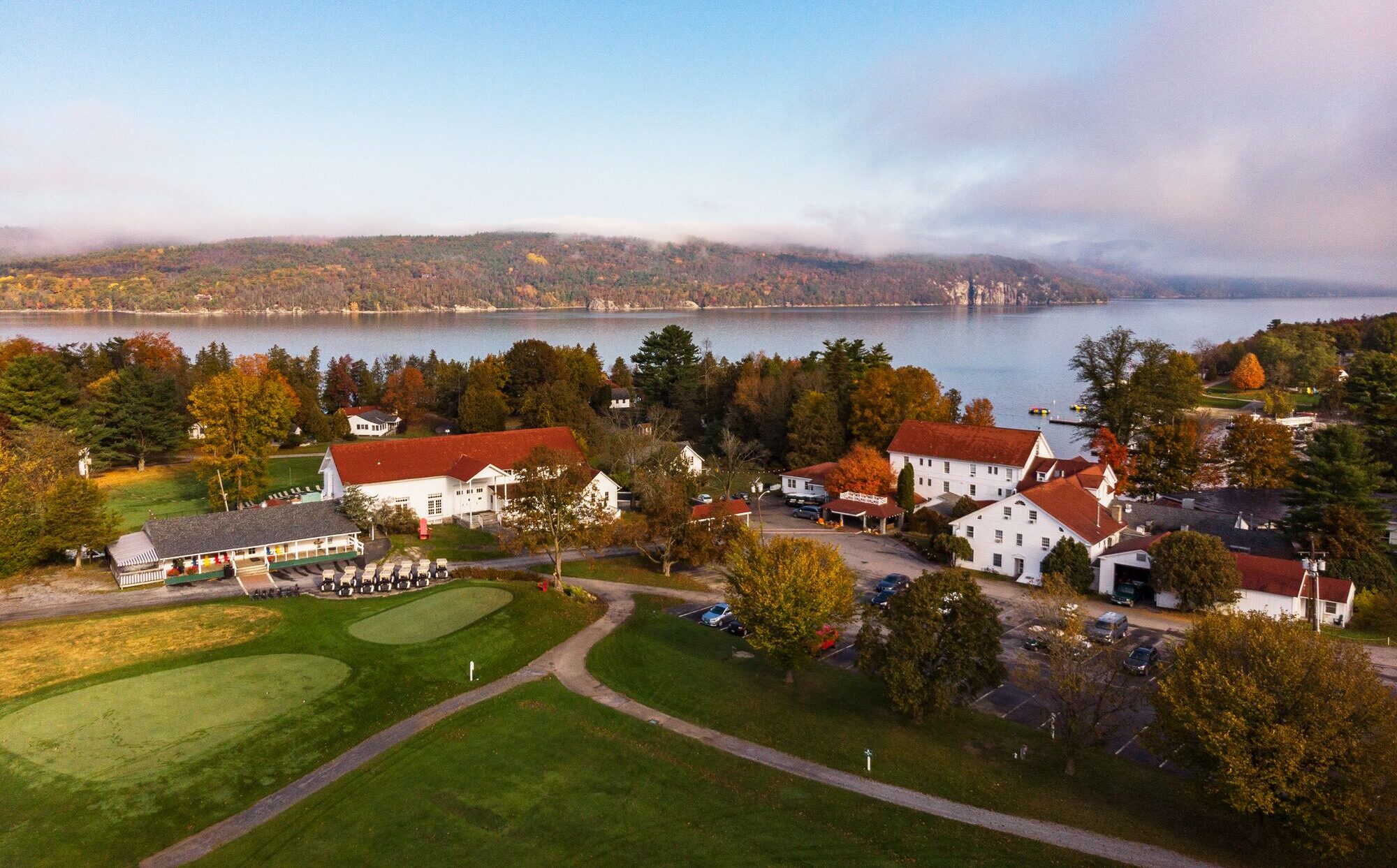Lower Connecticut River Valley
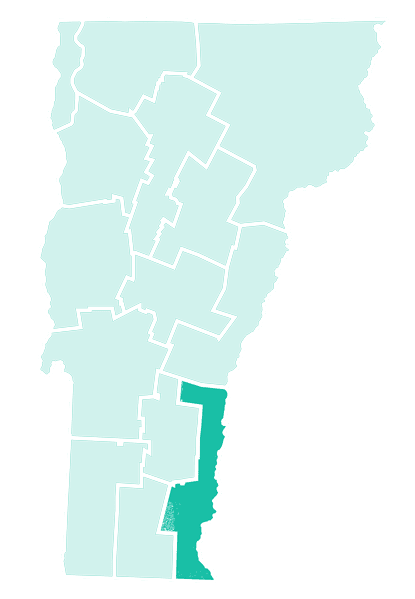
Lower Connecticut River Valley
From the north, a trip through Vermont’s Lower Connecticut River Valley region is an adventure that leaps from past to present. It begins in Windsor, where on a stormy night in 1777 the Republic of Vermont was officially born. Continuing south, the echoes of the Industrial Revolution can be heard in Springfield, once a capital of 19th-century machine manufacturing, and the former mill town of Bellows Falls. By the time you reach Brattleboro, in the region’s southern tip, the tempo changes. Closely linked with the 20th century’s countercultural revolution, Brattleboro stands today as an artsy, eclectic, forward-looking destination. It’s the ideal capital for a Vermont region that pairs modern energy with a timeless attraction: the beautiful river valley that it calls home.
Standing tall on the landscape is Mount Ascutney, the 3,144-foot centerpiece of Mount Ascutney State Park. Spectacular views of the Connecticut River Valley await at its summit, which can be reached by hiking from one of the four trailheads or by way of a paved auto road. For an up-close look at the region’s famous waterway, head to nearby Wilgus State Park in Weathersfield. At Vermont’s only developed state park on the Connecticut River, you can camp or picnic by the water, or rent a canoe or kayak to spend a day exploring by boat. Among the river’s sights is the 449-foot-long Cornish-Windsor Covered Bridge, which was the longest of its kind in the U.S. for over a century.
Housed in a 19th-century factory building in Windsor, the fascinating American Precision Museum brings to life this region’s industrial past. It was here in the so-called Precision Valley that the technique of manufacturing interchangeable machine parts was perfected. The town of Springfield, in particular, became a center of the precision tool industry, a distinction that survived well into the 20th century.
Notably unchanged over the years is the 1787 Rockingham Meeting House, a historic gem in the town of Rockingham. It’s the oldest unaltered public building in Vermont, with a simple classical design that predates Vermont’s fancier steepled churches. Step farther back in time at Bellows Falls, where among the river rocks are Abenaki petroglyphs, or rock carvings, that date back centuries and possibly millennia.
Art and culture are front and center in Brattleboro, a reminder that new arrivals to Vermont in the 1960s and ’70s made this town an important stop and carried a lot of artistic talent along with their backpacks. May through December, monthly Gallery Walks enliven the downtown with music, crafts, food trucks, and more than a dozen art-centric stops, including the Brattleboro Museum & Art Center. The written word, too, gets its due at the annual Brattleboro Literary Festival, a don’t-miss fall highlight that has brought nearly 1,000 illustrious authors to this corner of Vermont since 2002.
And even here in the region’s largest town, a connection to the river valley’s fertile agricultural land is still strongly felt. Local ingredients inspire the seasonal menus at Brattleboro farm-to-table restaurants such as A Vermont Table and T.J. Buckley’s, and flavor the tasty artisan foods of Vermont Gelato and Tavernier Chocolates. And when apples come into season at Scott Farm, located just up the road in Dummerston, fresh-picked flavor comes in a dizzying array of choices. This Landmark Trust property grows 130 kinds of heirloom varieties—a crop that it celebrates each October with Heirloom Apple Day, filled with educational talks, tastings, and plenty of family fun.
Top Picks by Season from Yankee Magazine
Things To Do In the Lower Connecticut River Valley
Spring
Artisans Park and Sculpture Garden
Windsor
Tavernier Chocolates
Brattleboro
Fat Sheep Farm
Windsor
Brownsville Butcher & Pantry
Brownsville
Latchis Theatre
Brattleboro
Read More
Summer
Wilgus State Park
Weathersfield
Retreat Farm
Brattleboro
Yellow Barn Music Festival
Putney
Rockingham Meeting House
Rockingham
Brattleboro Art Scene
Brattleboro
Read More
Fall
Scott Farm
Dummerston
Mount Ascutney Foliage
Windsor
American Precision Museum
Windsor
Brattleboro Literary Festival
Brattleboro
Putney Mountain Winery
Putney
Read More
Winter
Winter Carnival and Harris Hill Ski Jump
Brattleboro
Hermit Thrush Brewery
Brattleboro
Ascutney Outdoors
Brownsville
Stone Church
Brattleboro
Windham Antique Center
Bellows Falls
Read More
